Xiaomi announced the third generation in the Redmi series, the Xiaomi Redmi 3 back in January 2016 in China. The Xiaomi Redmi 3 is a major upgrade in terms of hardware and specs when compared to previous generation Redmi 2. The new Redmi 3 comes with all metal body similar to the Redmi Note 3.
The new Redmi 3 comes with 5 inch HD display (1280 X 720P) and it runs on the new Snapdragon 616 Octa-Core chipset ( 4×1.5GHz + 4×1.2GHz ) coupled with 2GB of RAM. Here is the detailed review of the Xiaomi Redmi 3.
Design and Build:
In the design aspect, there is a huge upgrade when you compare with the predecessor, the Redmi 2. The Redmi 3 comes with a metallic unibody construction very similar to Redmi Note 3. The edges of the device are curved and the rear panel has an engraved pattern which adds to the look and feel giving it a premium finish. The build quality looks very good especially considering that it is a budget device priced around $106. As Xiaomi has moved to a metallic unibody design, the rear panel is non-removable. The power and volume keys are on the right side. The left side houses the hybrid SIM card slot. The micro USB charging slot is at the bottom while the 3.5mm audio jack and IR blaster are on the top.
The rear panel also houses the 13MP camera, LED flash, MI logo and also speaker unit located at the bottom. The front panel has 5 inch HD display, 5MP front camera, the usual set of sensors and the three capacitive buttons at the bottom. Overall, Redmi 3 is a compact, stylish and premium offering in the budget segment.
Display:
The phone comes with a 5 inch HD display (1280 X 720p) display and the quality looks great.The colors are pretty vibrant and vivid and the touch response is very smooth. The viewing angles are also great. But similar to Redmi Note 3 there is no mention of any protection to the display. We are assuming the display on Redmi 3 is also made with toughened glass.
But overall, for a device in this price segment, the display looks good.
Software:
Xiaomi Redmi 3 comes with Android 5.1.1 Lollipop with MIUI 7 which is the latest iteration of MIUI. It is quite disappointing that Xiaomi has still used Lollipop instead of Marshmallow for a phone launched in 2016, but if you have been using a Xiaomi phone, you might be already knowing the company concentrates more on MIUI version.
The phone comes with custom launched with multiple home screens devoid of an app drawer. The notification center and quick toggles are also completely customized.
If you have been using Xiaomi phones, the interface is quite familiar and there aren’t too many visual changes to the UI with MIUI 7. The phone comes with tons of options to customize, be it in the form of themes, icon packs, lock screen, boot animations, sounds and more. All of these can be downloaded from the Themes app.
The phone also comes with Child mode which was announced with MIUI (more details on Child mode available here) and also the regular Lite mode. The phone also features the security app which comes with cleaner, virus scan, block list, data usage and more. There is also one handed mode if you feel you need a smaller screen.
Xiaomi has also added lots of useful apps like FM radio, recorder, Compass, torch and much more. Xiaomi’s attention to smaller details is simply amazing and the UI looks very much polished with no lags or crashes. While MIUI 7 looks really good, there is scope for improvement like notification center where you cannot expand notifications.
Performance:
Xiaomi Redmi 3 is powered by Snapdragon 616 Octa-core SoC and 2GB of RAM. It has Android 5.1 Lollipop with MIUI 7. The phone comes with good performance all round with no lags and performs day to day tasks with ease. Even when you multitask with a lot of apps running in the background, it never struggles at the performance.
The gaming performance of the device was also good and there were no issues when playing high graphic rich games. The call quality on the device was good and there were no issues with call drops. Redmi 3 handles tasks very well and the phone also does multitask pretty well.
The phone comes with 16GB internal storage out of which close to 10.5GB is available to the user in the first boot. The internal storage available is around 10.5GB in the first boot. You can also expand the storage using the micro SD card option in the hybrid SIM card. The speaker performance was quite decent for a budget phone.
Camera:
Xiaomi has upgraded the camera on Redmi 3 to 13MP on the rear shooter and 5MP on the front shooter. There is a single LED flash for the rear camera. The camera interface on the Redmi 3 is quite similar to what we have seen on most Xiaomi phones. It comes with good features and a simple and easy to use interface. There are different modes Panorama, Manual, Gradient, Beautify, scene mode and more.
Talking about the clarity of the camera, it is quite a capable camera for a budget phone. The photos taken with the rear camera has come with good detailed, decent colors and overall good clarity for a budget phone. The phone can also record videos in 1080p and the quality looks decent. The front facing 5MP shooter is capable of good selfies for social sharing.
Here are some of the photos taken with the phone.
Battery Life:
Xiaomi Redmi 3 comes with a 4100mAh battery similar to the Redmi Note 3. It is quite surprising to see how Xiaomi managed to include such a high capacity battery in a small chassis. The Redmi 3 battery performance is excellent for a budget phone. You can easily get 1.5 to 2 days of battery life on an average usage.
Xiaomi has also included battery profiles to switch when you want to get additional battery life. Overall, battery performance is one of the important aspects of the phone.
Verdict:
Xiaomi Redmi 3 is currently available only in China and the Redmi 3 Pro version is expected to come to India pretty soon. Xiaomi will probably be replacing the Redmi 2 Prime once this device is launched. Overall, The Redmi 3 is an excellent upgrade over Redmi 2 Prime with metallic construction, good performance, decent camera and exceptional battery life.
Redmi 3 Pro with a fingerprint scanner, 3GB RAM, and 32GB storage would definitely be a device worth waiting for in India.




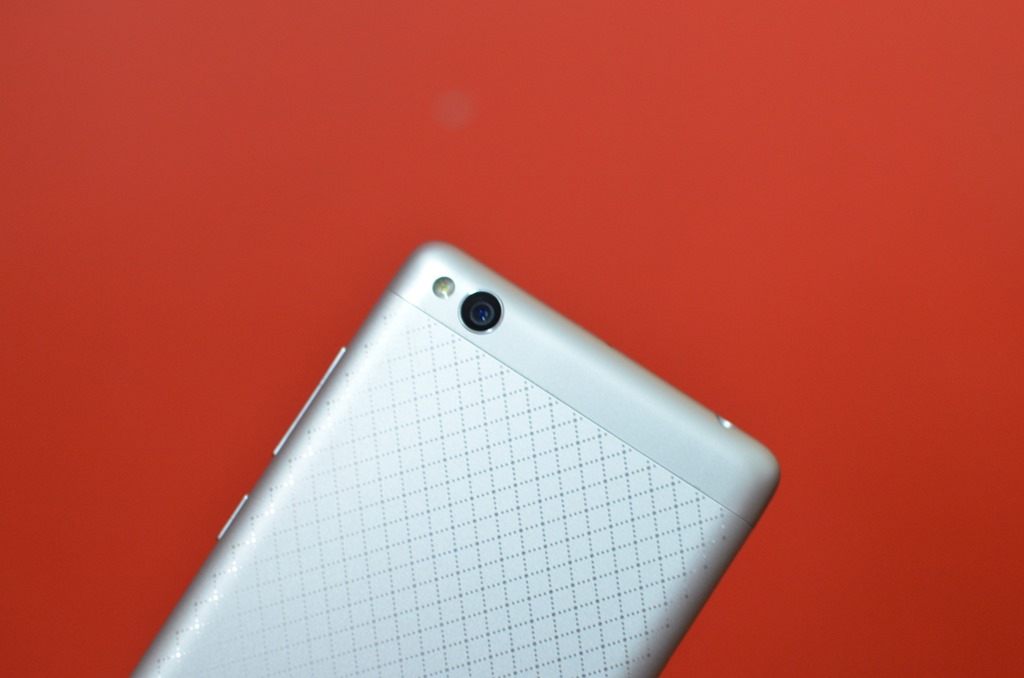

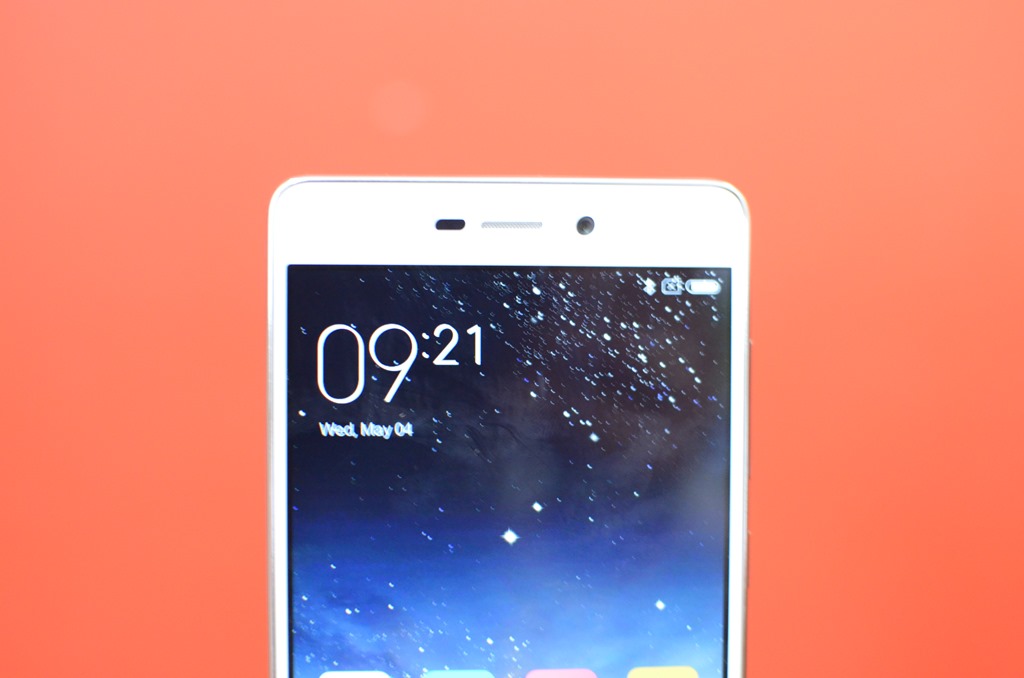
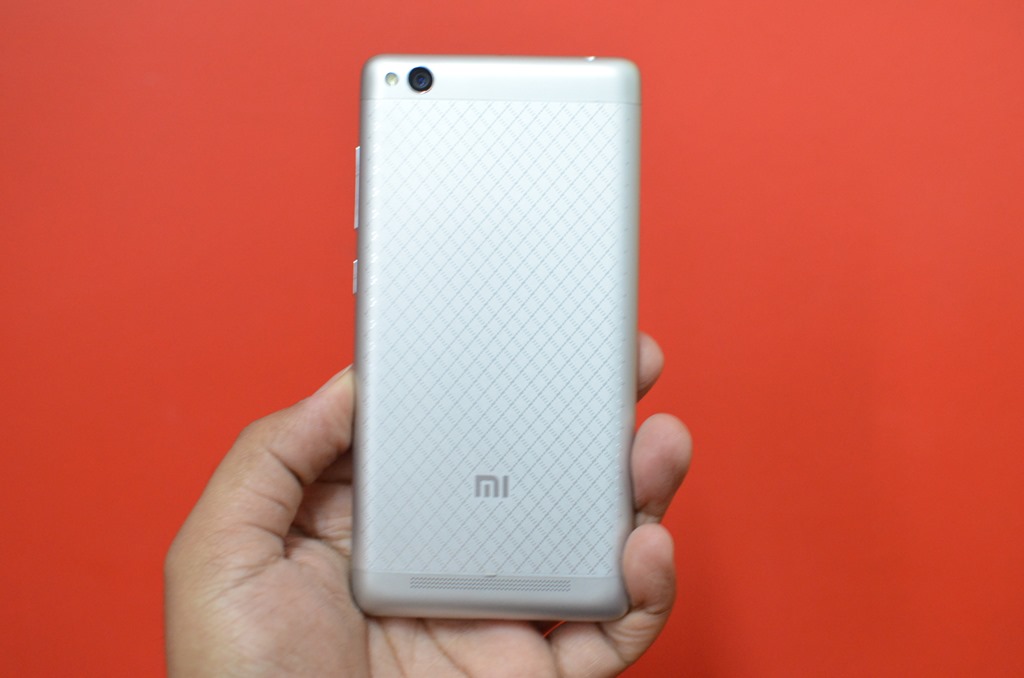
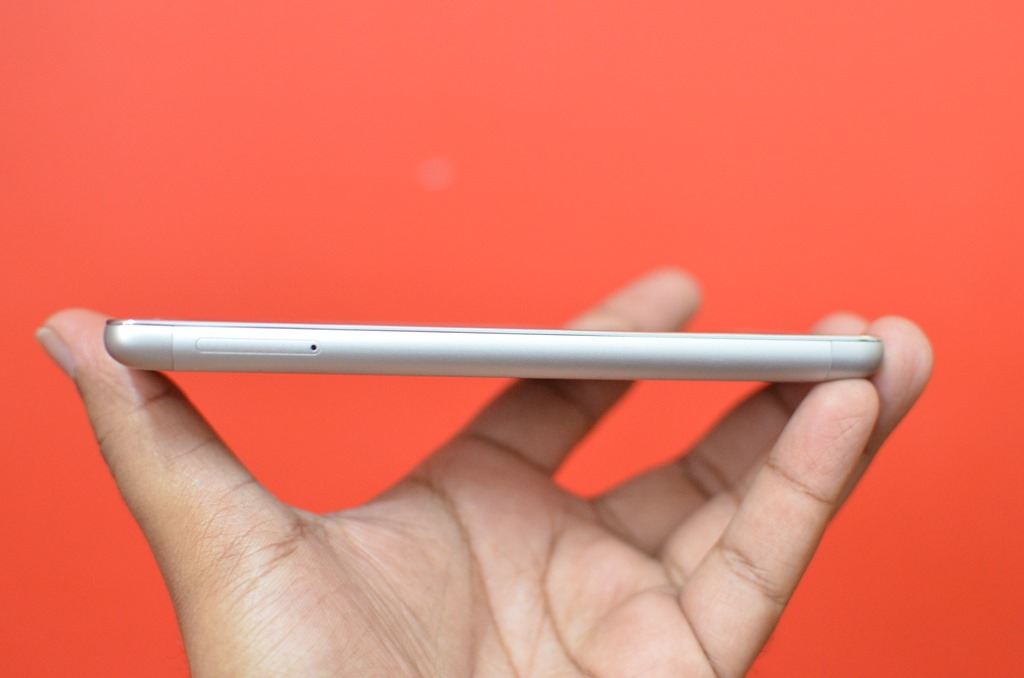
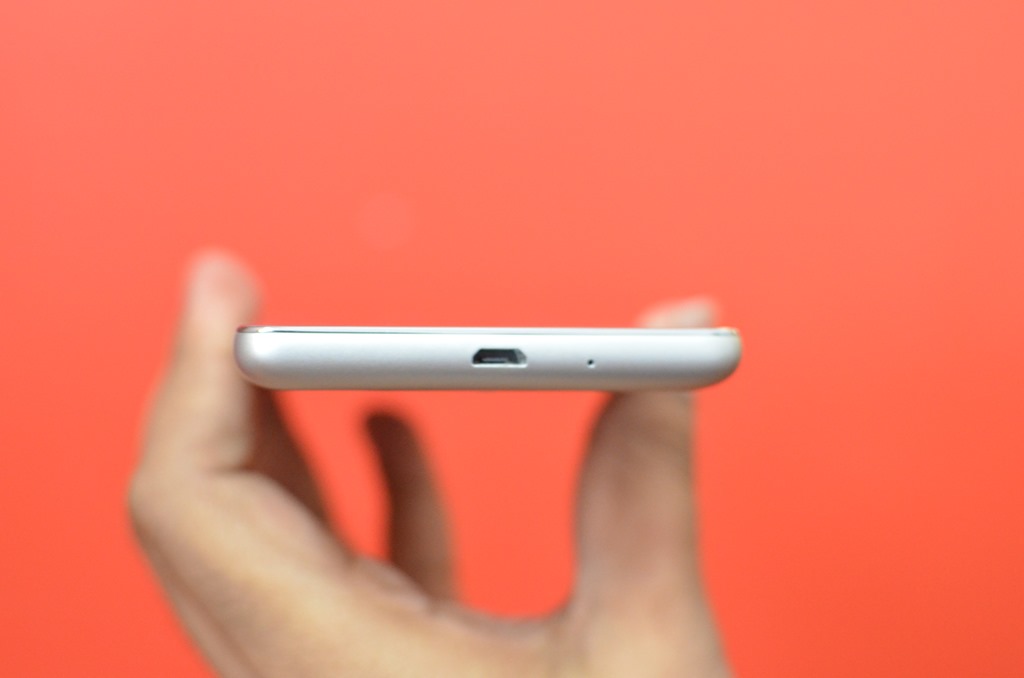
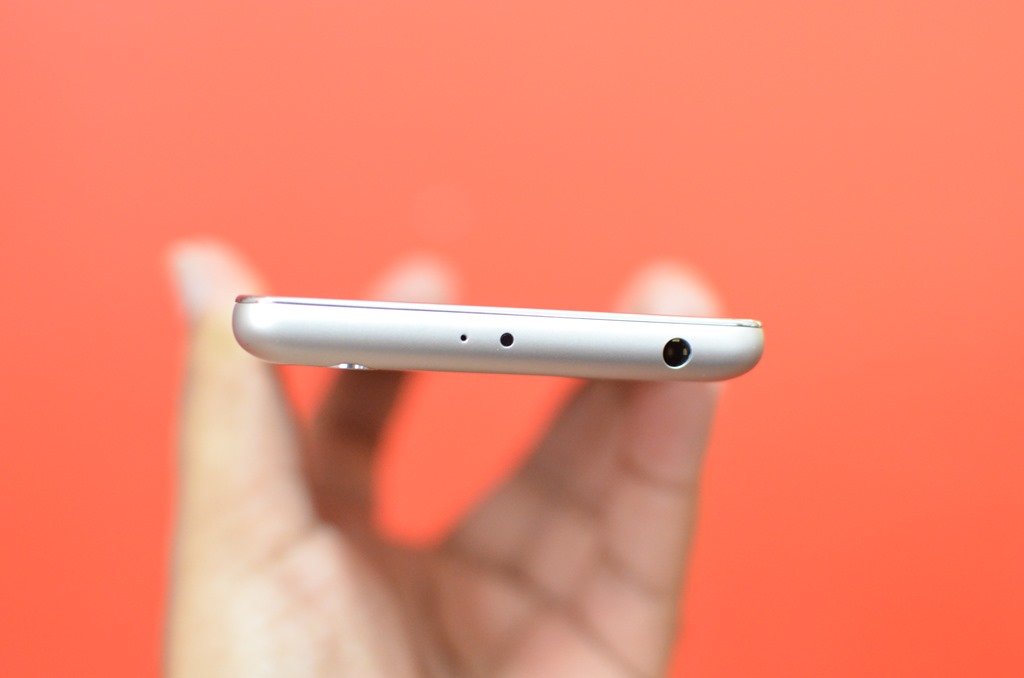
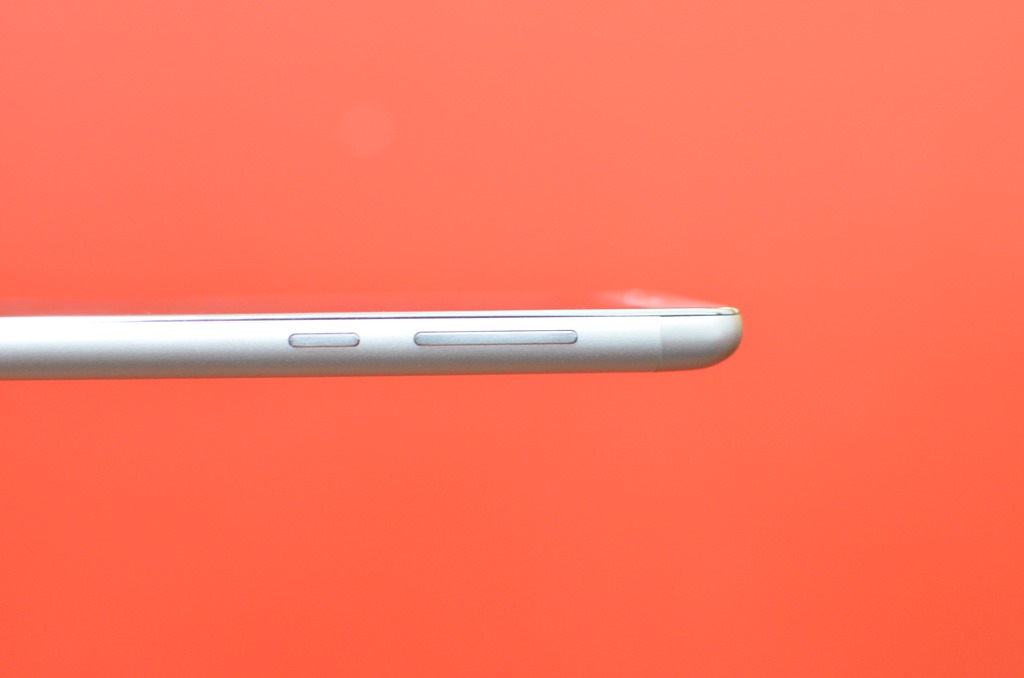
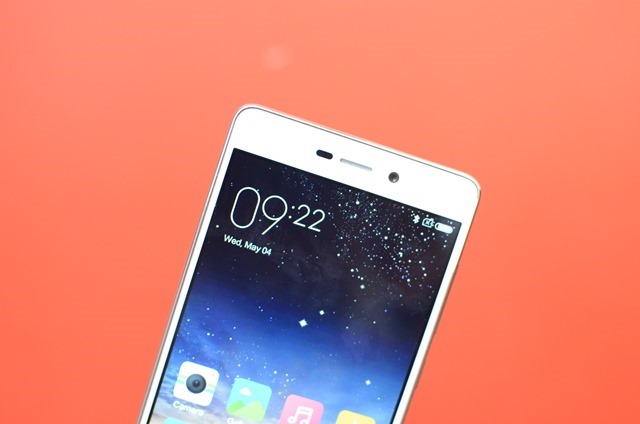
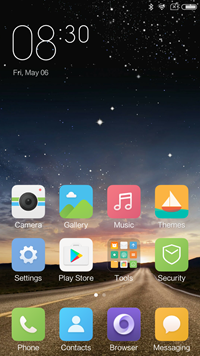
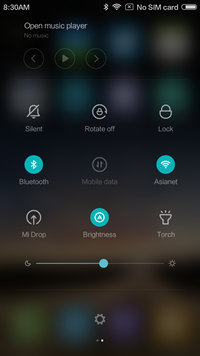
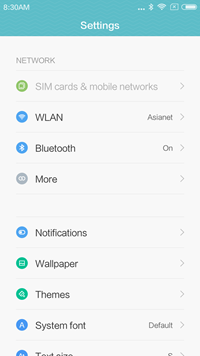
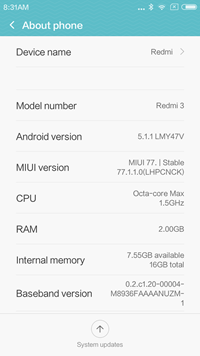
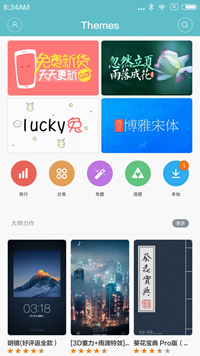
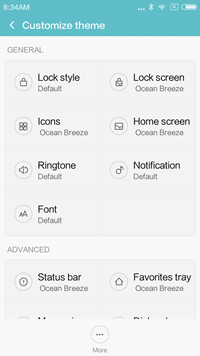

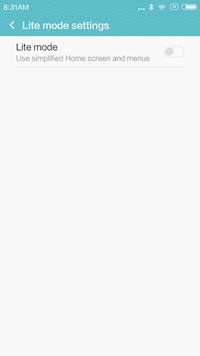
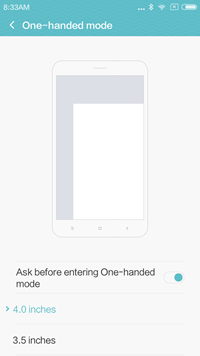
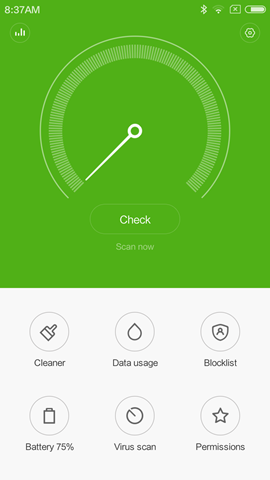
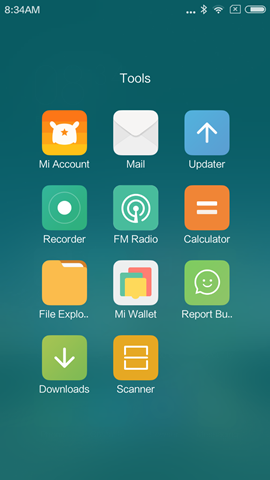
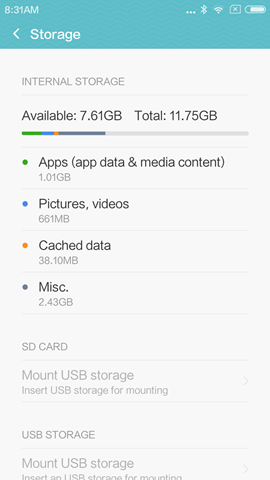
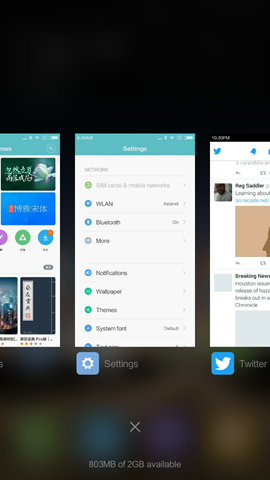
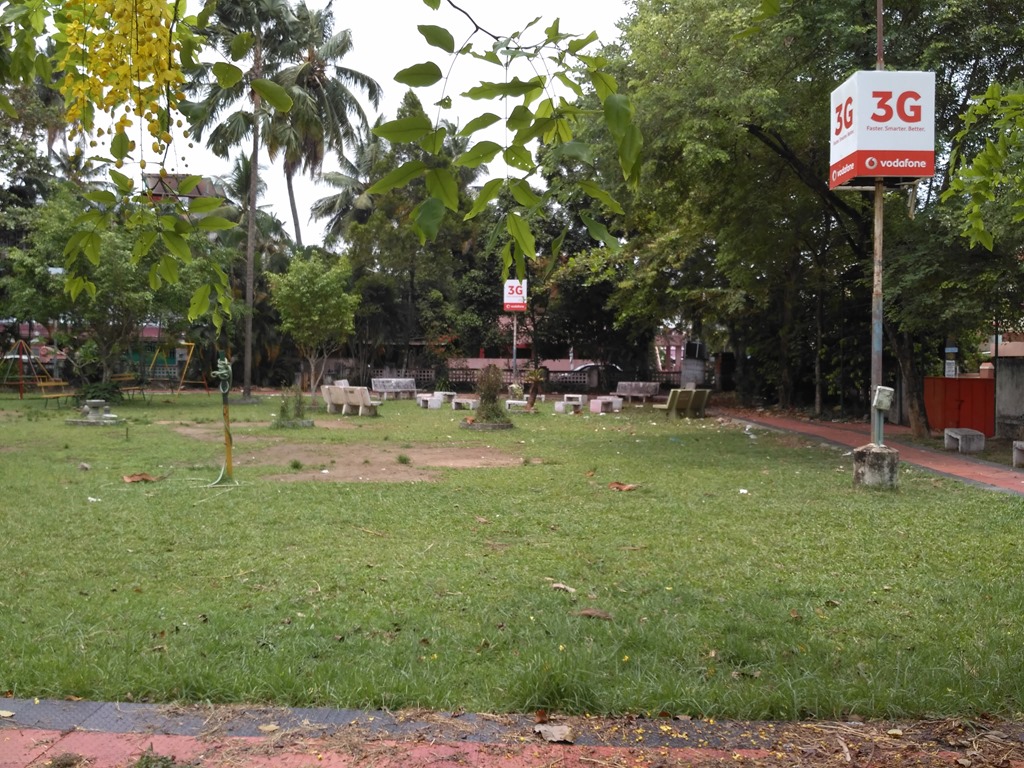
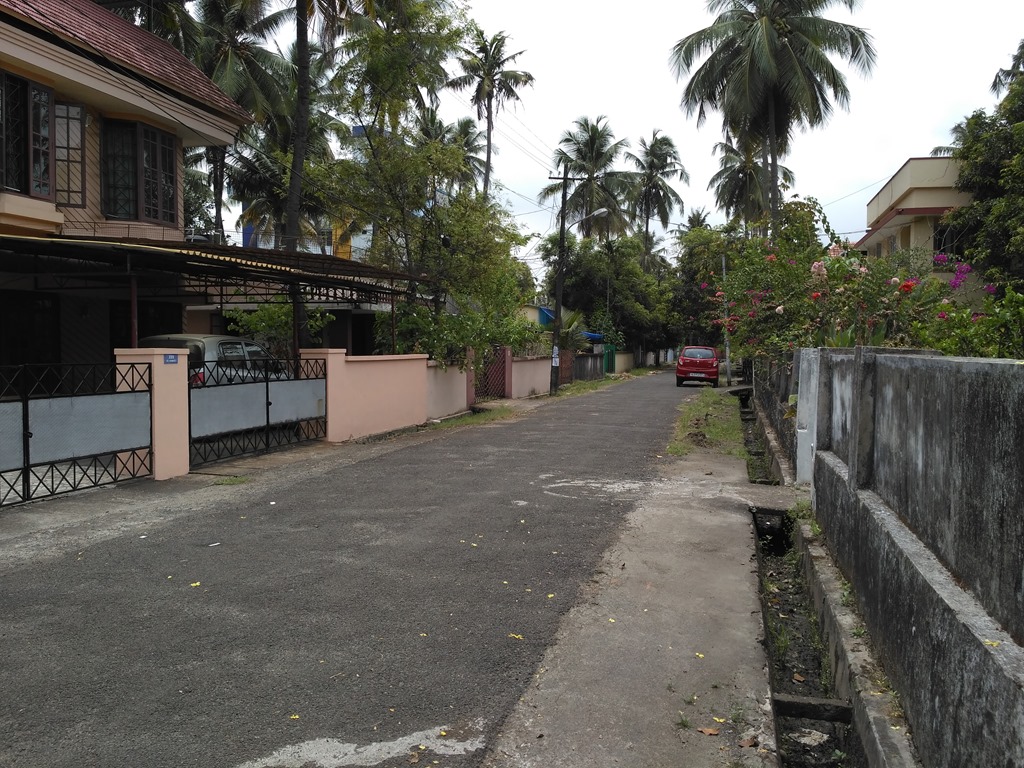


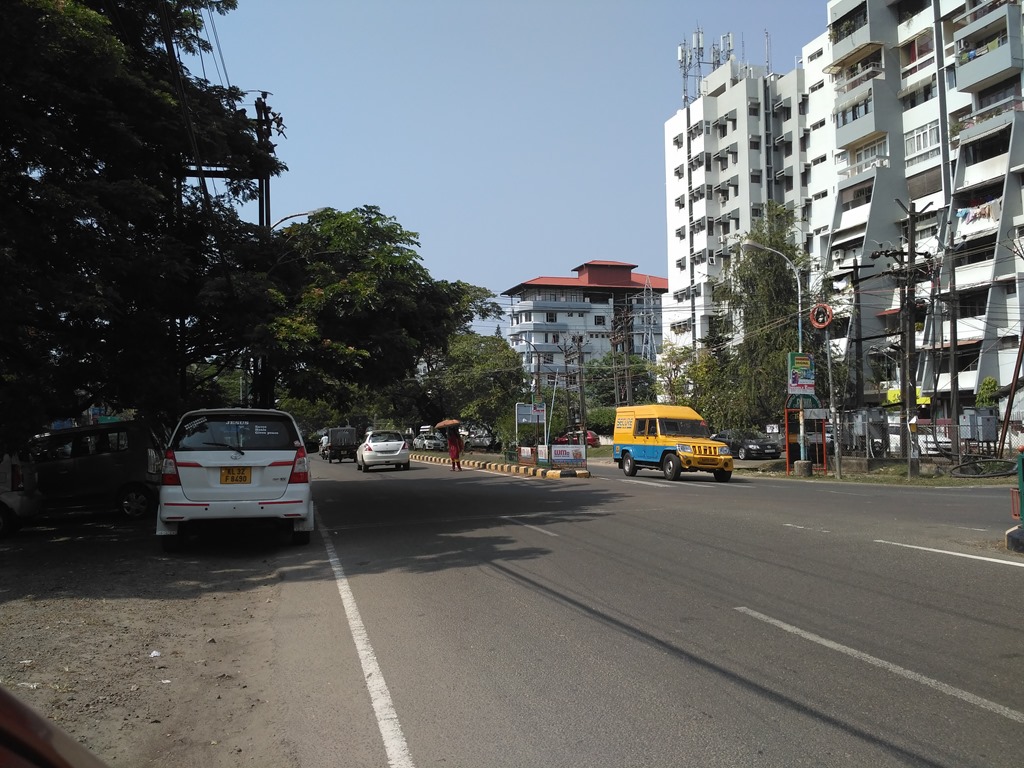
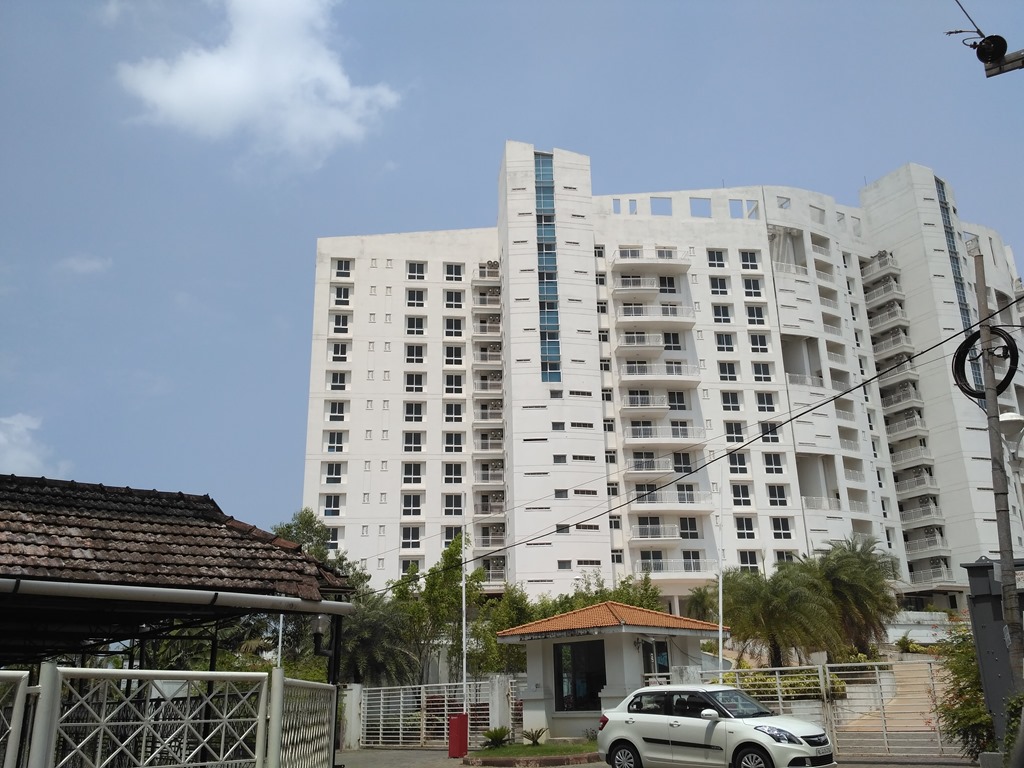
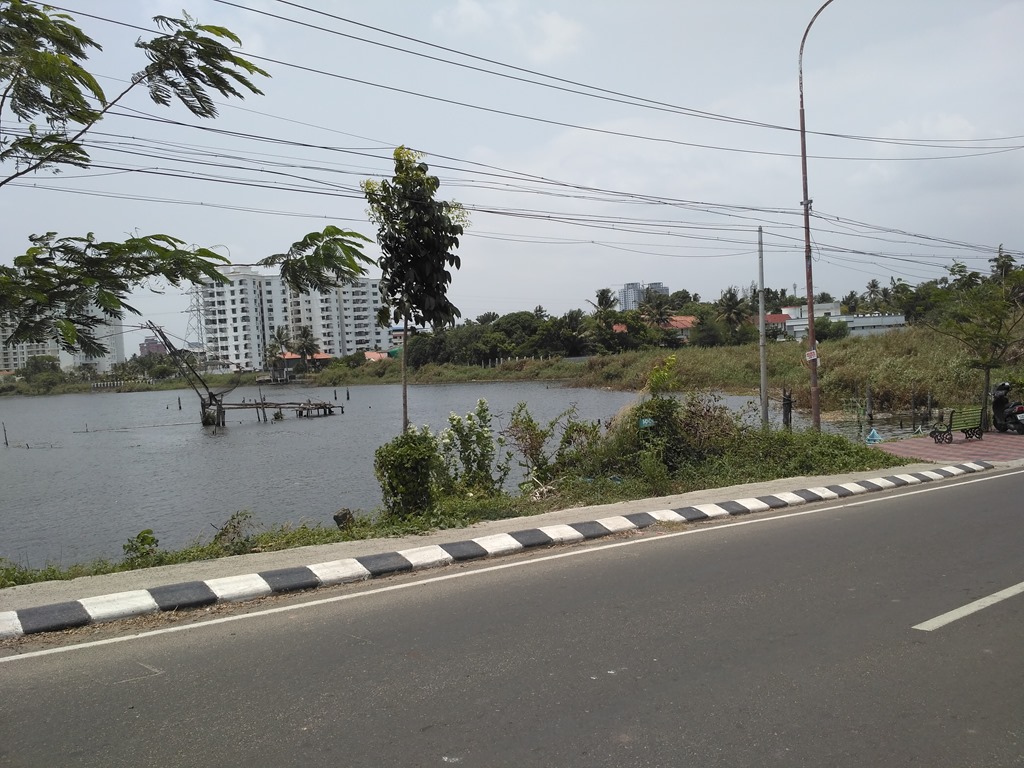


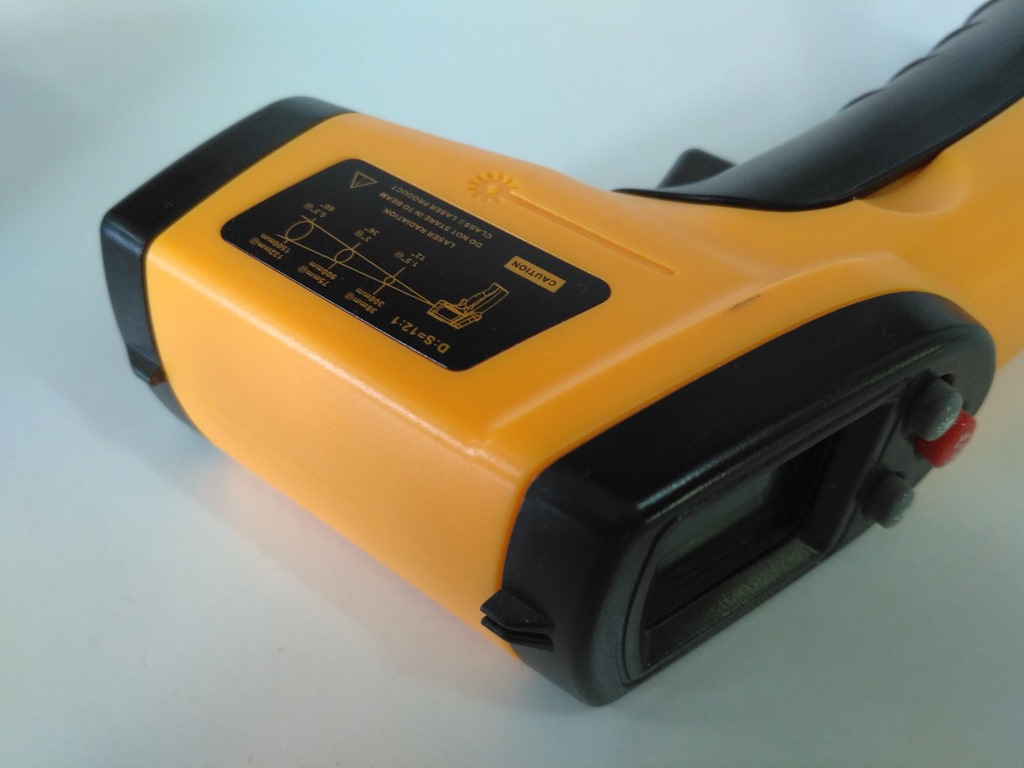
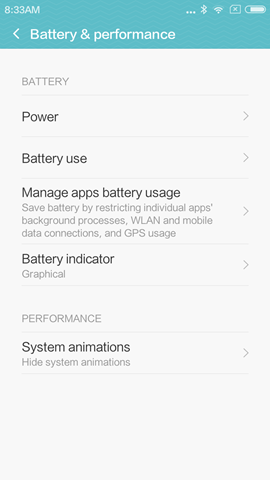
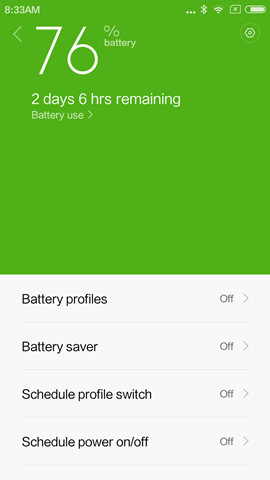
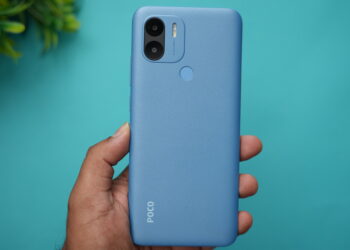
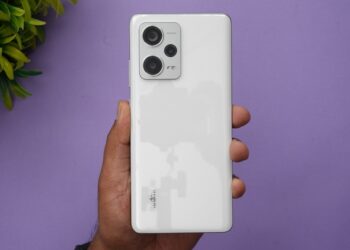
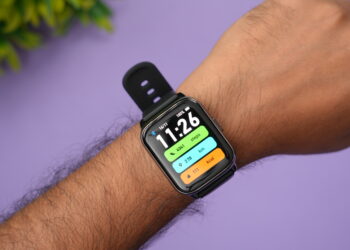
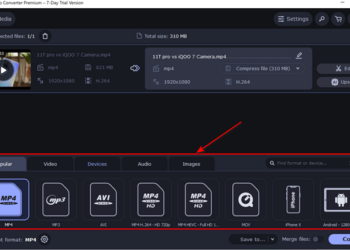


How did you manage to get one in India. Have you done through online purchase? If so, can you do an article or a youtube video regarding the online purchase from China or America and how to ship to our country??